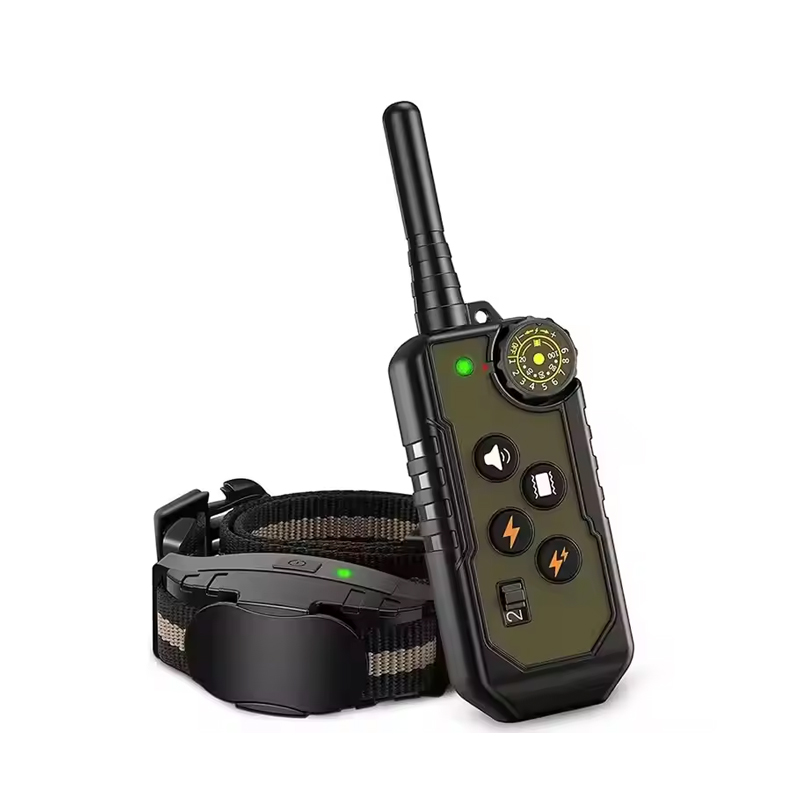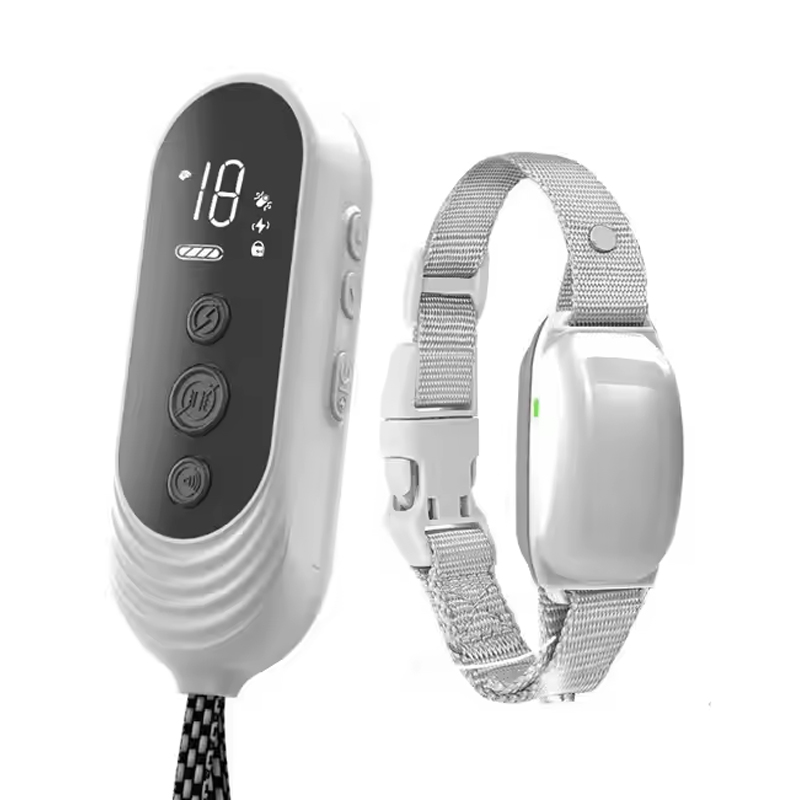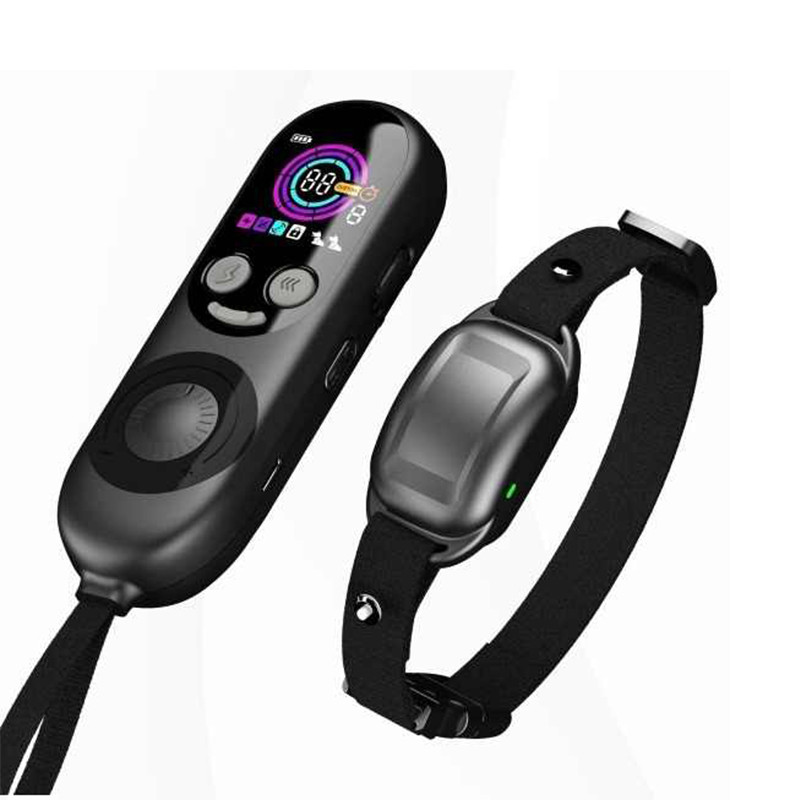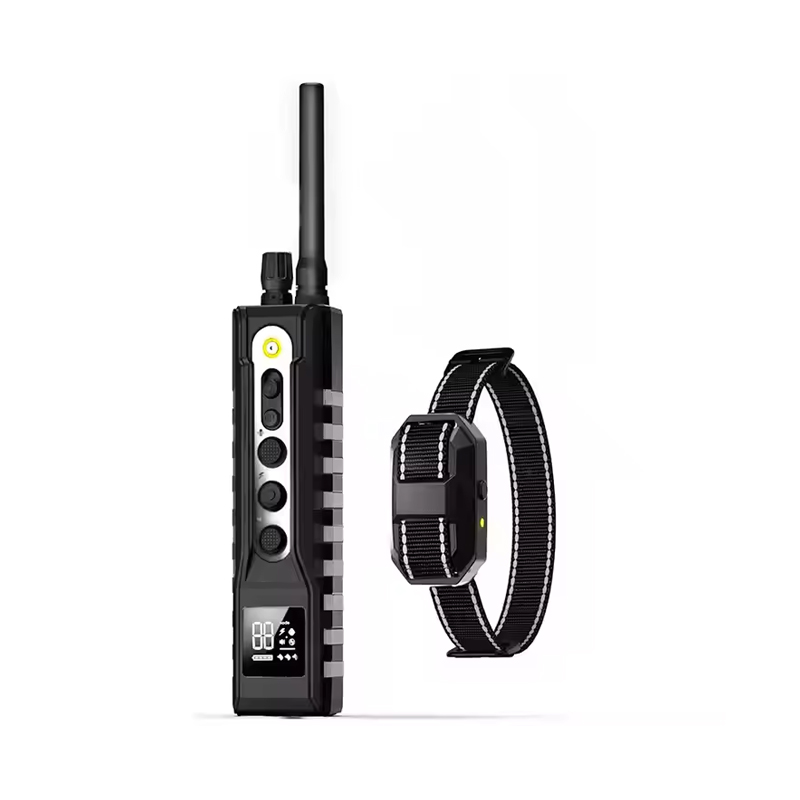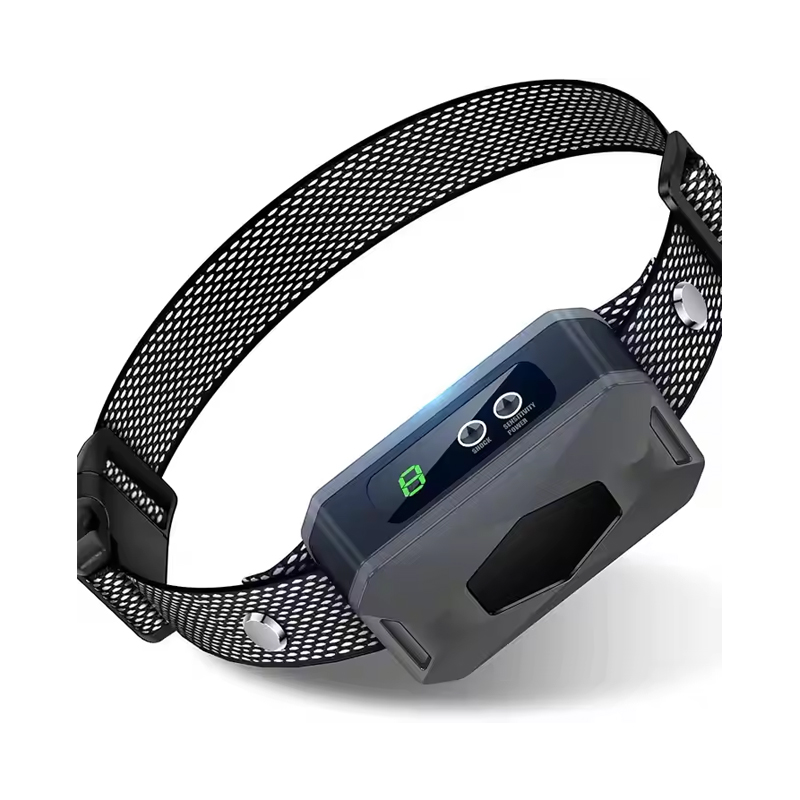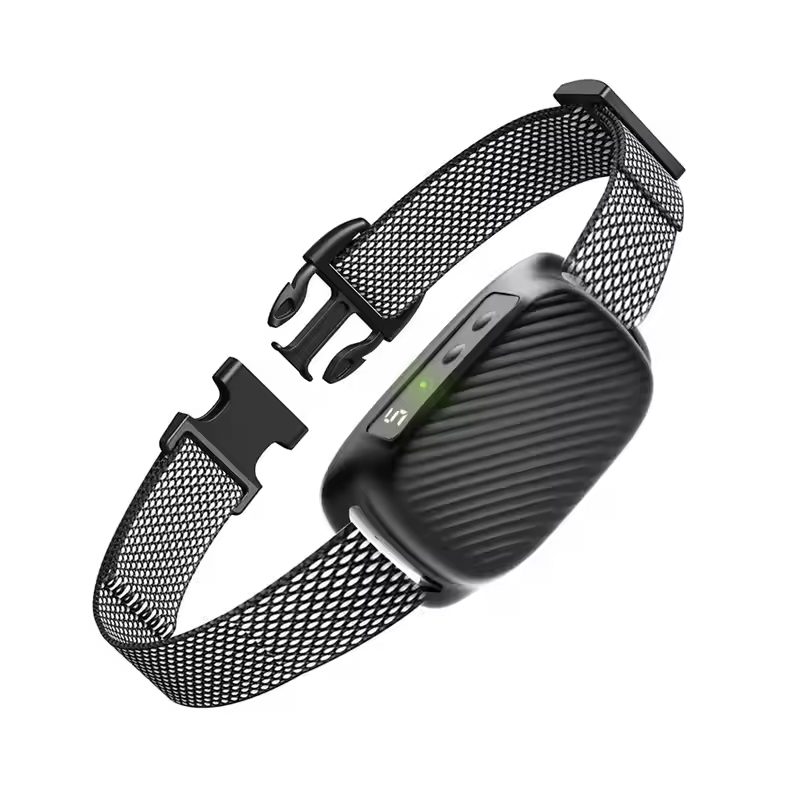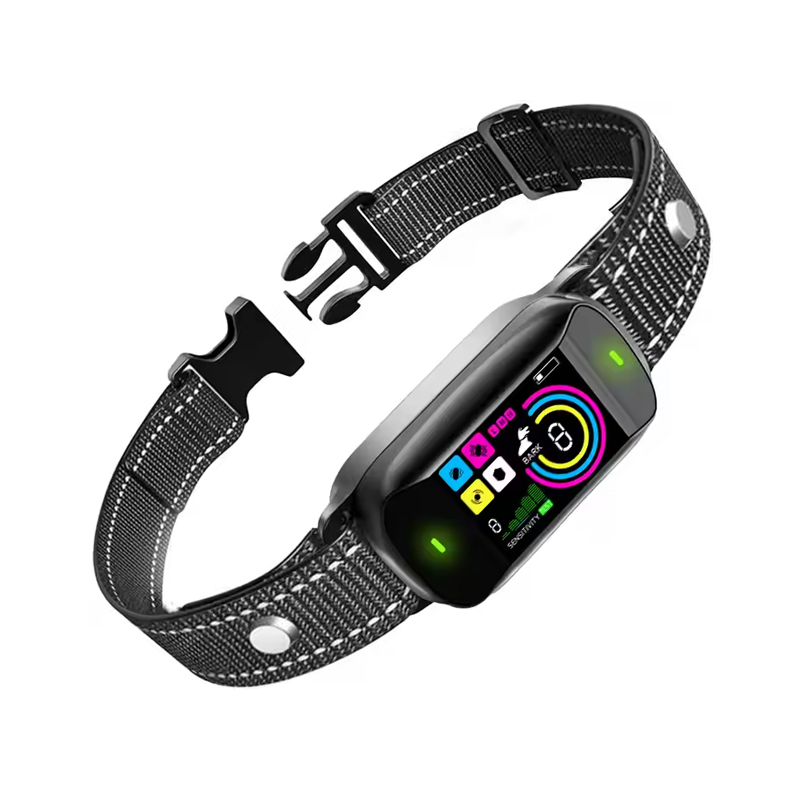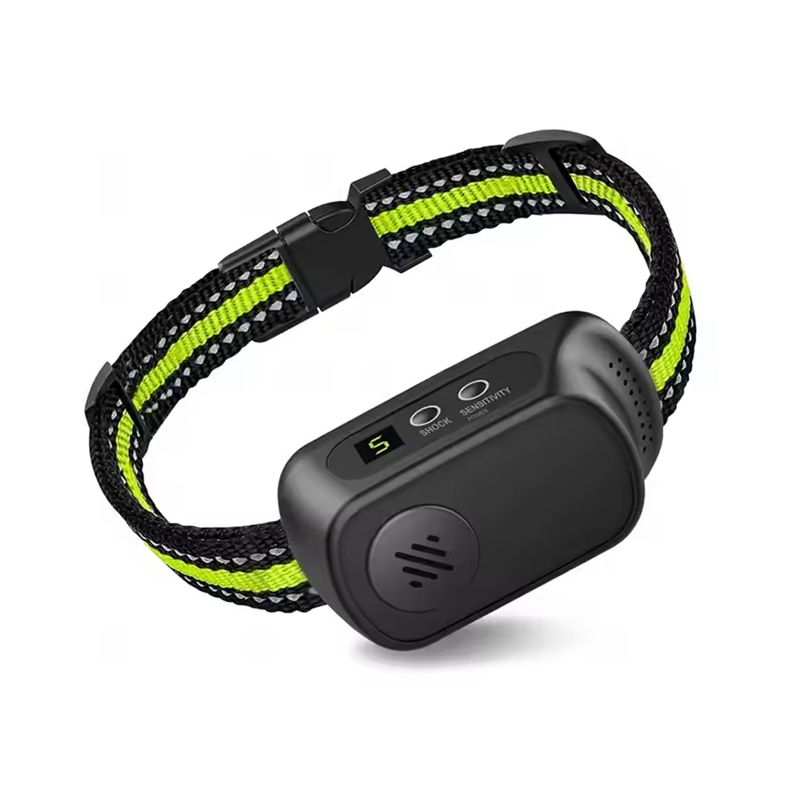- Type:
- Industry News
- Date:
- 2025-10-21
Is the Intelligent Pet Food Dispenser Redefining Modern Pet Care?
In today's era of smart living, pet care is no longer just a daily routine — it's about connection, health, and the fusion of technology. The Intelligent Pet Food Dispenser has become one of the most transformative innovations in the smart home ecosystem, and Pawtechpet is at the forefront of this revolution.
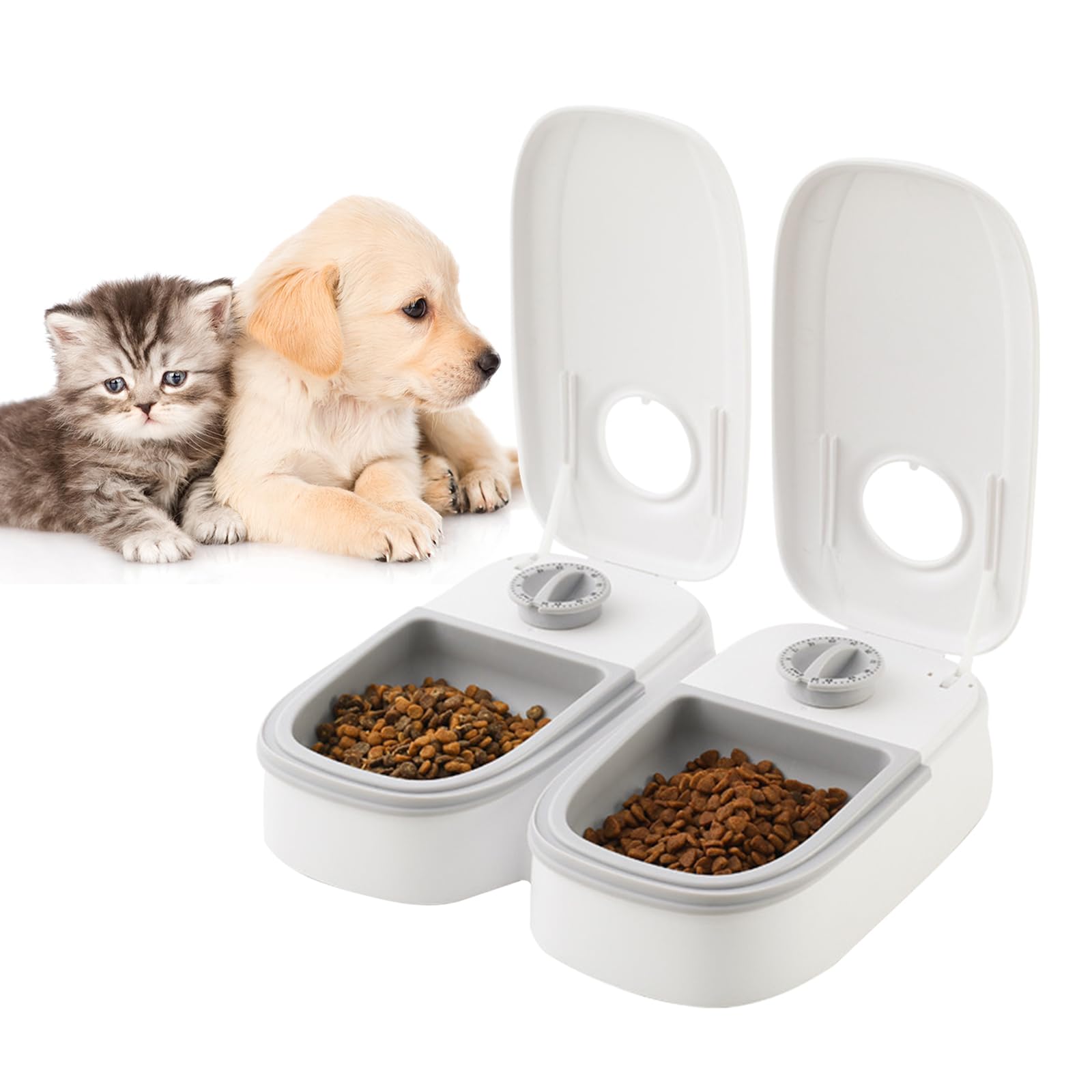
Solving the Hidden Challenges of Daily Feeding
Many pet owners struggle to feed their pets on time due to busy work schedules, frequent travel, or irregular lifestyles. This inconsistency often leads to issues such as overeating, anxiety, or obesity in pets.
The Smart Pet Food Dispenser effectively addresses these problems through precise timing, portion control, and voice interaction. Every meal is delivered at the right time and in the right amount, providing peace of mind for both pets and their owners.
Who Are the Core Users of Smart Pet Feeders?
Beyond tech-savvy young people, the core users include:
Busy professionals who are often away from home;
Households with multiple pets requiring individualized feeding plans;
Elderly or physically limited pet owners.
These groups benefit the most from automation. Pawtechpet's intelligent design combines care, safety, and simplicity, allowing users to easily manage feeding via a mobile app.
The Smart Feeding Experience of Remote Control
How does the remote-control function enhance everyday feeding management?
1. Manage Feeding Anytime, Anywhere
In the past, pet feeding relied entirely on the owner's presence, leading to irregular schedules and inconsistent feeding.
Now, with the Intelligent Pet Food Dispenser, owners can use the mobile app to:
Adjust feeding times and portions while on a trip or at work;
Remotely activate feeding with one tap to ensure pets never go hungry;
Receive real-time notifications on feeding status and consumption.
For example, Pawtechpet's cloud-based system synchronizes feeding records, allowing users to view each feeding time, amount, and their pet's eating response.
2. Video & Voice Interaction: Emotional Connection
Remote feeding isn't just about dispensing food — it's about emotional bonding.
With a built-in HD camera and two-way voice system, owners can check if their pets are eating properly and even talk to them in real time.
This feature is especially valuable for pets that spend long hours alone — they can still "hear a familiar voice," easing separation anxiety.
3. Data-Driven Smart Feeding
When combined with intelligent algorithms, remote control generates personalized feeding reports:
Tracks daily intake and feeding frequency;
Detects whether the pet has eaten;
Recommends optimized feeding plans based on historical data.
This makes truly scientific feeding possible — based on data, not guesswork.
4. Efficient Multi-Pet Management
For families with multiple pets, remote control allows individualized feeding:
Each pet can have a separate feeding plan;
Easily switch between pet profiles in the app;
Automatically recognize each pet and distribute food accordingly.
This prevents "food stealing" and ensures balanced nutrition.
5. Safety & Anti-Misoperation Design
Pawtechpet uses cloud encryption and offline protection mechanisms to ensure commands are never delayed or misfired.
The app also includes child-lock and anti-mistouch functions, preventing accidental feeding.
Users can even set a "vacation mode", allowing the feeder to operate on a fixed schedule while they're away for an extended period.
6. Energy Efficiency & Environmental Monitoring
The remote-control system can integrate with smart home ecosystems to:
Adjust feeding times based on indoor temperature and humidity;
Enter power-saving standby mode when the pet is not nearby;
Automatically notify the owner when food supplies are low.
This human-centered design reflects the future direction of intelligent pet ecosystems — where technology and empathy coexist.
Smart Sensors & App Integration: Data-Driven Care
How do smart sensors and mobile apps enhance convenience?
Through built-in weight, infrared, and humidity sensors, the feeder continuously collects data on pet feeding and food storage.
This data is visualized in the Pawtechpet App, helping owners understand feeding habits, nutritional intake, and behavioral changes for more scientific adjustments.
| Sensor Type | Function | Advantage |
|---|---|---|
| Weight Sensor | Monitors food intake | Prevents overfeeding |
| Motion Sensor | Detects pet approach | Triggers auto feeding or reminders |
| Humidity Sensor | Monitors food storage moisture | Keeps food dry and fresh |
| Temperature Sensor | Controls ambient temperature | Protects wet food quality |
Capacity & Personalization: Flexibility in Feeding
Factors to Consider When Choosing a Feeder's Capacity
The capacity of a pet food dispenser depends on three main factors: the pet's body size, the type of food, and the owner's lifestyle.
1. Pet Size and Daily Intake
The primary reference for feeder capacity design is the pet's body weight and average daily food intake.
Different types and sizes of pets have vastly different eating needs:
| Pet Type | Weight Range | Average Daily Intake | Recommended Feeder Capacity |
|---|---|---|---|
| Small Cats/Dogs | <5 kg | 60–120 g | 1–2 L |
| Medium Dogs | 5–15 kg | 150–300 g | 2–4 L |
| Large Dogs | >20 kg | 400–800 g | 4–6 L or more |
Tip: For owners who travel frequently, it's recommended to reserve food for 2–3 extra days to avoid running out unexpectedly.
2. Type of Food: Dry vs. Wet
The form of pet food directly affects storage and dispensing efficiency.
Dry Food: Compact, long-lasting, and easy to store; larger capacity is acceptable.
Wet Food: Requires refrigeration or airtight freshness; smaller capacity with cooling features is ideal.
Some Pawtechpet models are equipped with sealed storage lids, anti-moisture filters, and wet-food cooling modules, effectively extending freshness and maintaining food quality.
3. Owner's Lifestyle and Travel Habits
A key purpose of smart feeders is to free owners from time constraints.
Office workers or frequent travelers: Choose large-capacity models (4L–6L) with timed feeding and remote monitoring.
Stay-at-home pet owners: Mid-to-small capacity feeders are easier to clean and refill.
Multi-pet households: Opt for multi-compartment designs that support independent feeding control for each pet.
4. Storage Environment & Airtight Safety
No matter how large the capacity, moisture-proofing and sealing are essential.
Key configurations to look for include:
Moisture-proof lids: Block air and humidity;
Silicone seals and locking clips: Prevent oxidation and mold;
Food-grade (BPA-Free) materials: Ensure safety and hygiene.
Pawtechpet's intelligent feeding system uses a dual-sealed chamber structure that automatically detects food humidity and alerts owners when it's time to replace or refill.
5. Smart Monitoring & Refill Reminders
Choosing capacity isn't just about "how much food fits" — it's about integration with smart systems.
Modern intelligent feeders often include:
Food level sensors: Automatically alert when food is running low;
App visualization: Display remaining food levels in real-time;
Voice notifications: Remind owners to refill and prevent food shortages.
This technology-driven "smart capacity management" makes pet feeding safer and more convenient.
Different Pets, Different Needs
As smart pet feeding becomes more common, many families use Intelligent Pet Food Dispensers to manage pet nutrition scientifically.
However, the feeding needs of cats, dogs, rabbits, and hamsters vary significantly.
To achieve truly intelligent feeding, we must understand — what kind of experience does each pet actually need?
1. Cats: Quiet, Precise, and Hygienic
Cats are naturally sensitive and prefer quiet environments.
The ideal feeder for cats should meet these standards:
| Functional Need | Design Focus | Technical Implementation |
|---|---|---|
| Precise Portioning | Small intake, needs accuracy | Micro-dispensing unit (±1 g precision) |
| Quiet Operation | Noise sensitivity | Low-noise motor, soft start/stop system |
| Moisture Control | Cat food easily absorbs humidity | Airtight silo + desiccant box |
| Easy Cleaning | Sensitive to odors | Detachable stainless-steel bowl |
Pawtechpet models feature silent motors and replaceable drying chambers, effectively reducing noise and odors to keep every meal fresh and calm.
2. Dogs: Large Capacity, Durability, and Interaction
Dogs are lively and have strong appetites, so feeders must be durable and bite-resistant.
| Functional Need | Design Focus | Technical Implementation |
|---|---|---|
| Large Capacity | For medium to large breeds | ≥4 L storage bin |
| Chew & Impact Resistance | Prevent biting or damage | High-density ABS or metal alloy shell |
| Voice Interaction | Strengthen owner-pet bond | App-based voice recording & playback |
| Anti-Tip Design | Prevent dogs from knocking over | Stable base, widened bottom design |
Some smart feeders integrate weight curve algorithms, automatically adjusting feeding portions based on body weight changes for scientific nutrition management.
3. Small Pets (Rabbits, Hamsters, Ferrets, etc.): Safety and Precision
For small animals, particle size and feeding frequency are critical.
They eat small amounts but frequently, so feeders should emphasize:
| Functional Need | Design Focus | Technical Implementation |
| Micro Feeding | Controlled, fine portions | Micro motor precision dispensing |
| Anti-Clog Design | Prevent small-pellet blockage | Angled chute + anti-jam blades |
| Safe Materials | Prevent poisoning or injury | Food-grade, BPA-Free materials |
| Power Backup | Prevent feeding interruption | Built-in lithium battery system |
Even when owners are away, they can feed remotely via app to ensure continuous food availability for small pets.
4. Special Pets (Birds, Reptiles, etc.): Timing and Environmental Adaptability
For birds, turtles, and lizards, feeding focus lies in timing precision and environmental compatibility.
Timed dispensing system: Mimics natural feeding rhythms;
Moisture & mold resistance: Suitable for humid environments;
Transparent storage bins: Easy to check remaining food;
Programmable schedules: Minute-level control of feeding cycles.
These designs help maintain biological balance, ensuring feeding isn't affected by travel or climate changes.
5. Smart Algorithms: Turning "Differences" into Personalization
Pawtechpet's core philosophy is:
"Smart feeding isn't just about automation — it's about precision nutrition tailored to each pet's individuality."
By combining sensor data with app algorithms, the system can identify:
Each pet's feeding habits and eating speed;
Indoor temperature and humidity affecting food freshness;
The correlation between body weight, activity level, and calorie intake.
Ultimately, this forms a personalized feeding model, allowing every pet to enjoy a scientific, healthy, and truly caring dining experience.
Anti-Mistouch & Safety Protection Design
How to Prevent Pets from Accidentally Operating the Device?
Through touch-lock mechanisms, anti-tip structures, and gravity-sensing lids, the feeder effectively prevents pets from triggering accidental operations or causing food spills.
Sustainable Design: The Future of Green Feeding
1. Eco-Friendly Materials: From Safety to Responsibility
Traditional feeders often use plastic components, which may release trace harmful substances over time, posing long-term health risks to pets.
Pawtechpet smart feeders innovate from the source by using eco-friendly materials:
| Material Type | Eco Feature | Benefits for Pets |
|---|---|---|
| BPA-Free Food-Grade ABS | Free of Bisphenol A, non-toxic | Safe contact with food and water |
| Stainless Steel Bowl | Reusable, corrosion-resistant | Prevents bacterial growth, easy to clean |
| Biodegradable Bio-Based Plastic Parts | Environmentally degradable | Reduces plastic pollution, enhances eco-conscious brand image |
Pawtechpet is also developing housings made of recycled plastics and bamboo-fiber composites, which are not only durable and aesthetically pleasing but also significantly reduce carbon emissions during manufacturing.
2. Energy-Efficient Design: Smarter and Greener
Smart feeders involve sensor monitoring, timed dispensing, Wi-Fi connectivity, and app control, which inevitably consume energy.
Therefore, energy-efficient design is a key indicator of brand maturity:
| Energy-Saving Approach | Technical Implementation | Energy-Saving Effect |
|---|---|---|
| Low-Power Motor System | Intelligent standby + precise current control | Average energy consumption reduced by 25% |
| Light & Sleep Mode | Automatically enters sleep at night | Saves standby power |
| Solar-Assisted Power (under development) | Mini photovoltaic panels integration | Enables eco-friendly, independent operation |
| Power Failure Backup System | Prevents feeding interruption during outages | Stable and energy-saving |
Energy efficiency not only reduces power consumption but also reflects careful consideration of long-term operating costs and environmental impact.
3. Green Manufacturing: Full Lifecycle Sustainability
Pawtechpet believes environmental responsibility should extend beyond product use and cover the entire lifecycle.
Sustainable strategies from production to end-of-life include:
Reducing mold usage and extending mold lifespan;
Using recyclable packaging materials, replacing plastic with paper;
Optimizing shipping dimensions to lower carbon emissions;
Establishing a used device recycling program to repurpose old feeders.
These initiatives not only reduce environmental impact but also allow the brand and users to participate in sustainability efforts together.
4. Smart & Eco-Friendly: Dual Engines for Future Design
The future Intelligent Pet Food Dispenser is more than a feeding device — it is part of a smart pet ecosystem.
It leverages algorithms and sensor technologies to achieve real energy and environmental efficiency:
AI learns pet food consumption and behavior, minimizing waste;
Humidity sensors monitor food condition, extending freshness;
Cloud data analysis optimizes device power consumption and feeding frequency;
Integration with smart home systems enables energy synergy with lighting, air purifiers, and other devices.
When the feeder learns to "think green," every meal becomes more precise, eco-friendly, and human-centered.
Smart Feeding, Smart Living
The emergence of Intelligent Pet Food Dispensers is not only a technological innovation but also a redefinition of care.
Through innovation in every detail — from hygiene to data, from remote control to sustainable design — Pawtechpet is building a new intelligent pet ecosystem, where technology truly serves the health and happiness of pets.


